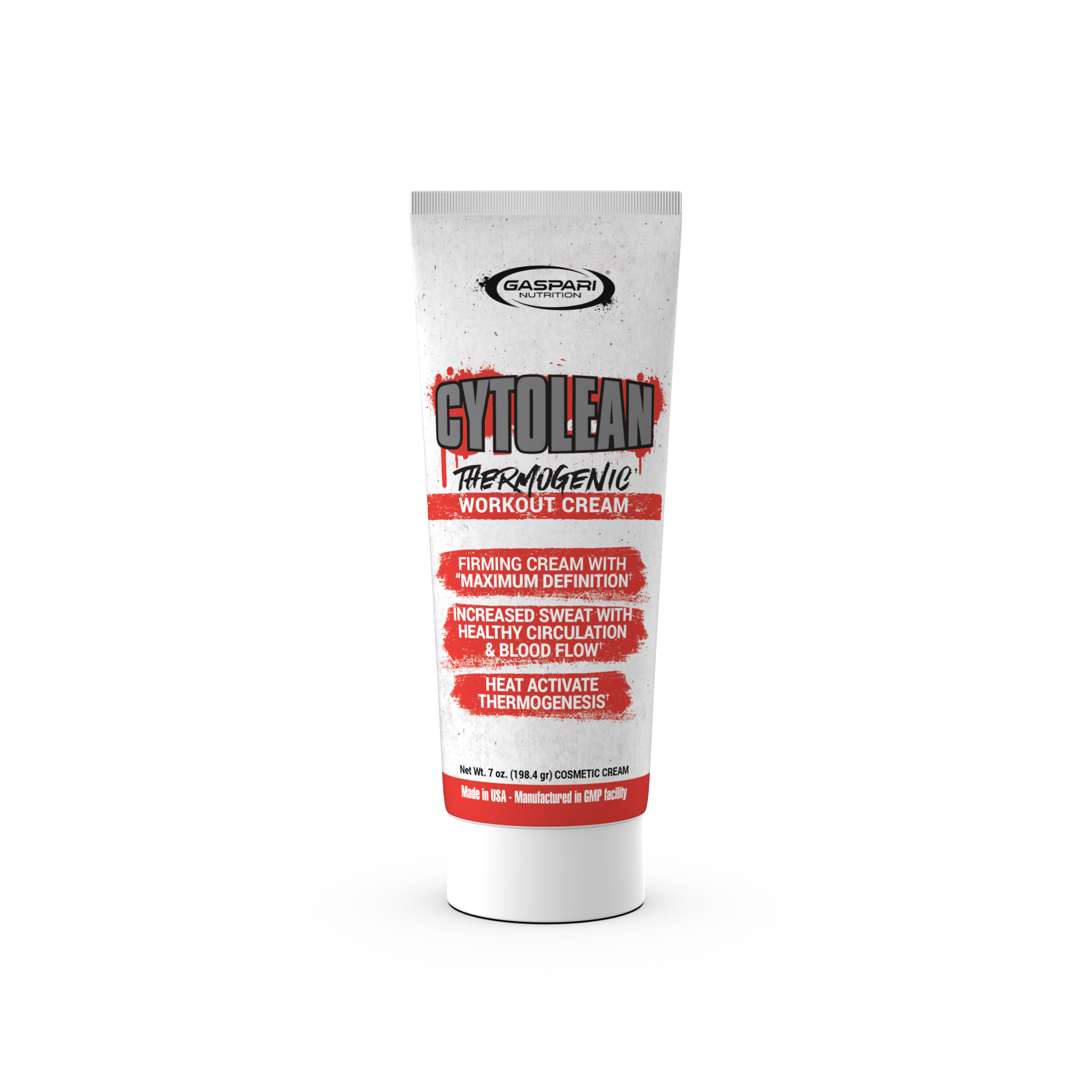Lateral raises are more than just a staple in a well-rounded shoulder routine. They are the key to sculpting the coveted shoulder definition and strength that many fitness enthusiasts strive for.
This seemingly simple exercise, when done correctly, can activate and build the muscles necessary for both functional strength and aesthetic appeal.
Whether you're an experienced lifter or just starting out, understanding how to perform lateral raises with proper form is crucial for maximizing their benefits while minimizing the risk of injury.
Understanding the Lateral Raise Exercise
Lateral raises are a fundamental component of any fitness regimen aiming to enhance shoulder strength and aesthetics. This isolation exercise specifically targets the muscles in the shoulders, with a primary focus on the lateral deltoids.
Targeted Muscles: Deltoids and Rotator Cuff
A lateral raise isn't just a superficial shoulder shaper. Beneath the surface lies a network of muscles at work. The star player is the deltoid, which is split into three parts: anterior, lateral, and posterior. Lateral raises primarily fire up the middle muscle fibers, the lateral head, crucial for that sought-after shoulder width.
But the benefits extend beyond the deltoids. The rotator cuff also gets in on the action. These muscles band together to stabilize the shoulder as you lift. Integrating lateral raises into your routine carves out your deltoids and bolsters your rotator cuff, which is vital for robust shoulder health and functionality.
Variations of the Lateral Raise
Lateral raises are versatile exercises that can be performed in various ways to suit your fitness level, equipment availability, and personal preferences. Each of the lateral raise variations targets the shoulder muscles slightly differently, providing a comprehensive approach to shoulder development.
Cable Lateral Raise

Cable lateral raises are a fantastic variation that offers constant tension throughout the movement, thanks to the use of a cable machine. This means your deltoids are under continuous work from the start to the end of each rep. To perform this exercise:
-
Attach a handle to the low pulley of a cable machine.
-
Stand with your side to the machine, feet shoulder-width apart.
-
Grasp the handle with the hand farthest from the machine, keeping a slight bend in the elbow.
-
With a controlled motion, raise your arm to just above shoulder height, then slowly lower back to the starting position.
Standing Dumbbell Lateral Raise

The standing dumbbell lateral raise is perhaps the most common form of this exercise and can be done almost anywhere you have a pair of dumbbells. Here's how to do it:
-
To perform this exercise, stand upright with feet spaced as wide as your shoulders and grasp a dumbbell in each hand, arms at your sides.
-
With a slight bend in the elbows, raise the dumbbells out to the sides until your arms are parallel with the shoulder.
-
Pause briefly at the top, then slowly lower the dumbbells back to the starting position.
Seated Dumbbell Lateral Raise

The seated lateral raise is an excellent way to eliminate any potential momentum from the lower body, allowing for a stricter movement. To do this:
-
Sit on a bench with your back straight and feet planted firmly on the floor.
-
Hold a dumbbell in each hand with your palms facing in.
-
With a small bend in the elbows, raise both arms out to the sides up to shoulder level while maintaining your grip on the dumbbells.
-
Lower the dumbbells back to the starting position with control.
Proper Form and Technique for Lateral Raises
Proper form and technique are essential for getting the most out of your lateral raises and preventing injury. Let's break down the key points for maintaining proper form during this exercise.
Avoiding Common Mistakes
When it comes to lateral raises, a few common mistakes can hinder your progress and increase the risk of injury. Here's what to watch out for:
-
Overzealous Weightlifting: Gravitating towards weights that are too hefty can compel reliance on a swing over muscle, diminishing the exercise's value and straining the shoulder.
-
Sky-High Raises: Elevate your arms just to shoulder level. Ascending further invites unnecessary pressure on the rotator cuff.
-
Slouchy Form: A slumped back can sabotage the raise's efficacy and endanger your spine. Keep your stature straight with your core activated.
-
Rigid Elbows: Avoid locking out your elbows. A soft bend maintains muscular tension and safeguards your joints.
-
Pain Ignorance: If you feel pain, stop the exercise immediately. Pain is your body's red flag, and disregarding it can lead to injury.
By keeping these tips in mind, you'll ensure you're performing lateral raises with the proper form and technique, leading to better results and a reduced risk of injury.
Frequently Asked Questions
How many sets and reps should I do for lateral raises?
The ideal number of sets and reps for lateral raises depends on your fitness goals. For those looking to build muscle endurance, lighter weights with higher reps—around 12 to 20 per set—are beneficial. If you're aiming for muscle growth, moderate weights with 8 to 12 reps per set can be effective. Generally, 3 to 4 sets make for a solid shoulder workout.
Can I perform lateral raises every day?
It's not recommended to perform lateral raises or any strength-training exercise targeting the same muscle group daily. Your muscles need time to recover from the microtears during a workout. For optimal results and to prevent overuse injuries, incorporate lateral raises into your routine 2 to 3 times a week, ensuring you have at least one day of rest between shoulder workouts.













































































Share:
3 Quick and Nutritious Breakfast Ideas for a Healthy Start
Unveiling the Benefits of Omega-3 for Men